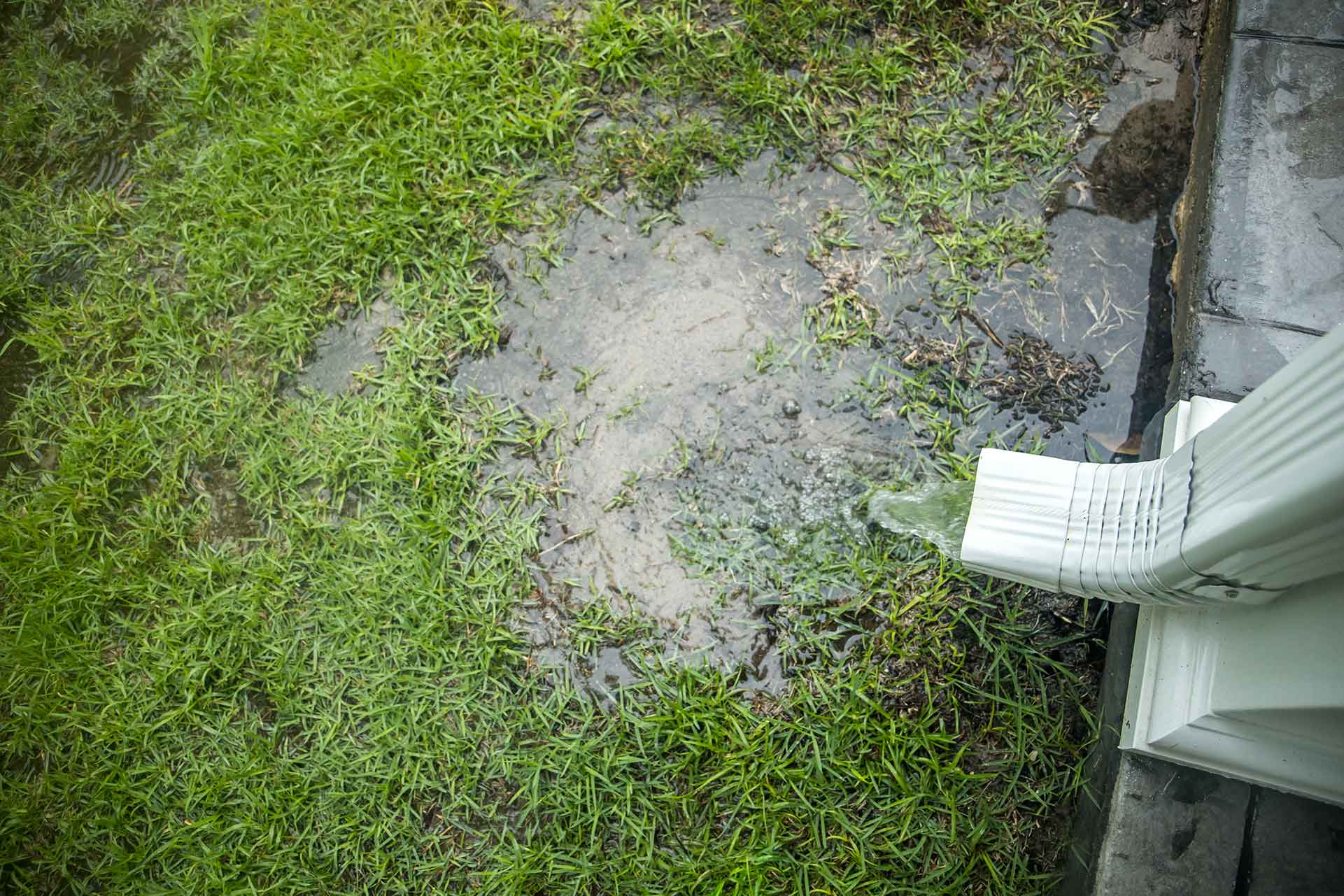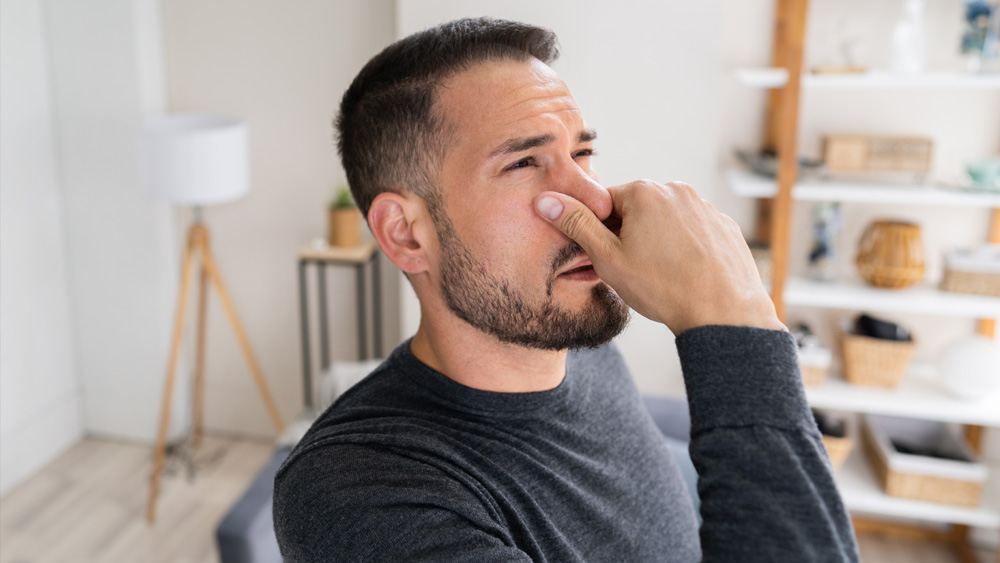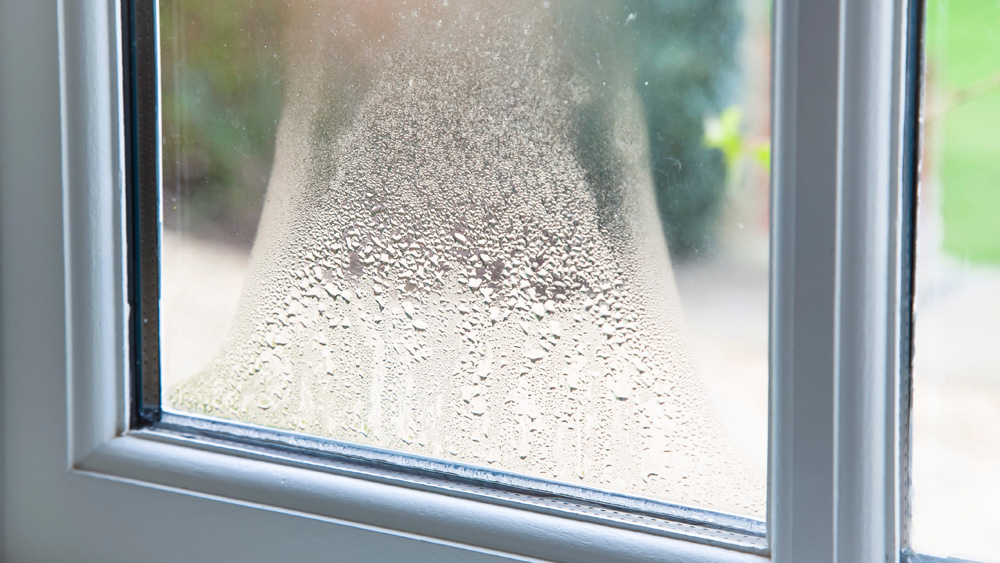San Jose Crawl Space Problems
Wet Crawl Space Repair in San Jose
Causes of Crawl Space Problems

Incorrect Yard Grading: If your yard is sloped toward the foundation rather than away from it, water can accumulate near your crawl space. Over time, this poor yard grading causes excess moisture to seep inside, weakening structural supports and creating damp indoor conditions.

Improper Downspout Extensions: Downspouts need to divert water far from the home. When extensions are too short or poorly angled, water can saturate the soil around the foundation and find its way into the crawl space.

Clogged Gutters: Blocked gutters cause rainwater to spill over the edges and pool near the base of your home. That runoff increases the chances of moisture entering the crawl space and damaging the structure from below.

Lack of Drainage Systems: Without an effective drainage system in place, water has nowhere to go but into the soil beneath your home. This can raise humidity levels and cause mold, mildew, or even foundation shifts over time.

Excessive Humidity: Crawl spaces with uncovered soil and open vents often trap moisture. This creates a breeding ground for wood rot, mold, and other harmful effects that degrade the integrity and comfort of your home.

Pest Infestations: Rodents, insects, and termites are drawn to damp, unsealed crawl spaces. Their activity can damage insulation, chew through wooden supports, and compromise the structural soundness of your property.

Symptoms of Crawl Space Problems

Sagging Floors
When crawl space supports are damaged by moisture or pests, floors may sag, feel uneven, or develop soft spots, especially in high-traffic areas.

Musty Odors
Persistent dampness in your crawl space often creates an earthy, musty smell that creeps into your living spaces, as trapped moisture allows mold and mildew growth.

Increased Humidity
Too much moisture in the crawl space can cause indoor humidity to rise, which may lead to window condensation, poor air quality, or even mold growth on walls.

High Energy Bills
Gaps and unsealed sections in your crawl space allow temperature extremes to enter your home. This forces your HVAC system to work harder, increasing energy usage and monthly utility costs.
